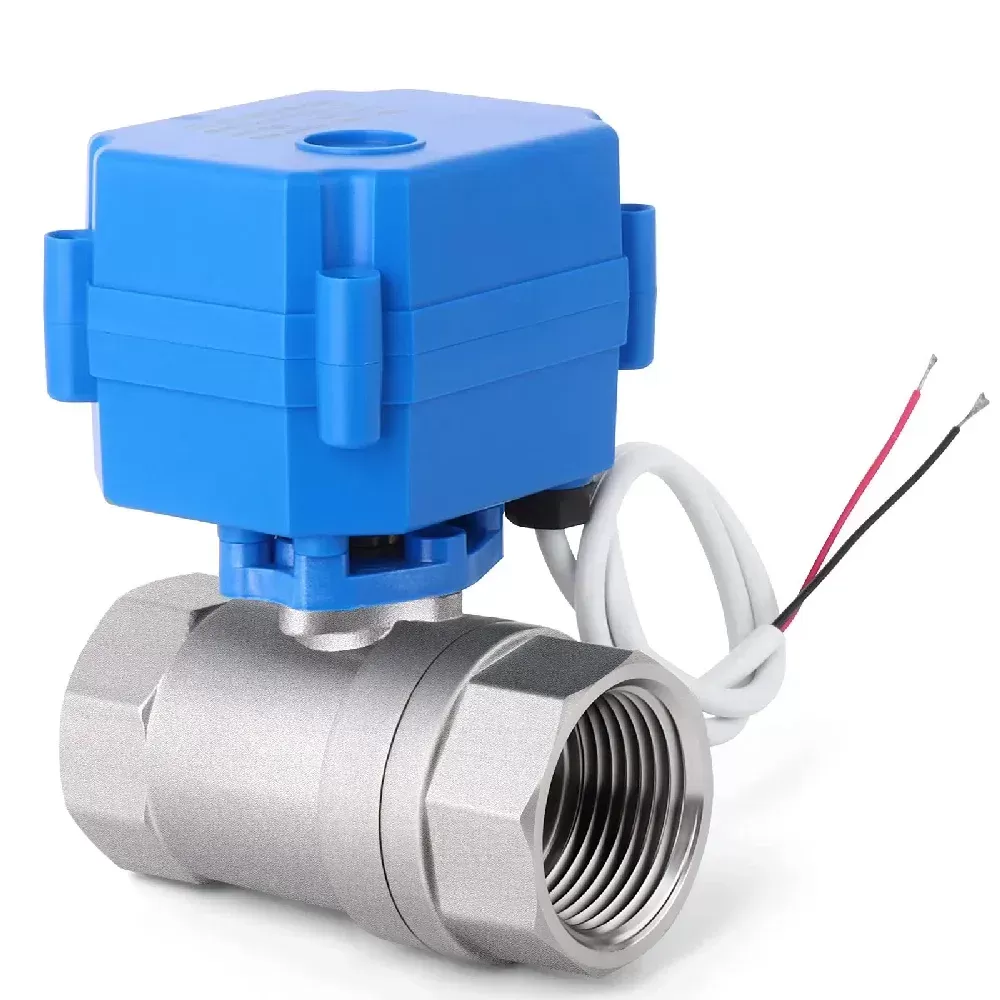Notifications
6 minutes, 6 seconds
-9 Views 0 Comments 0 Likes 0 Reviews

China Control valves are vital for regulating fluid flow in a broad range of industrial processes. When handling clean fluids, many valve designs can offer both precise modulation and tight shut-off. However, when the fluid contains solids—such as in slurry applications—maintaining both accurate control and complete isolation becomes significantly more complex.
In these challenging environments, standard control valves, though capable of tight shut-off when new, can quickly degrade due to erosion caused by abrasive media. Consequently, using a single valve for both control and isolation is not considered best practice. Most manufacturers recommend a dedicated on/off valve installed in-line with the control valve to ensure reliable isolation.
Metal-seated control valves commonly used in slurry services typically permit a certain level of leakage when fully closed. Leakage performance is categorized into classes—from Class I to Class VI—with tighter classes typically requiring resilient seats made of materials like rubber or urethane. While some slurry valves may claim Class V shut-off, wear often reduces their performance to Class IV or lower over time.
Valve leakage classes are standardized to help users assess a valve's ability to prevent fluid passage when fully closed. These classes are defined in industry standards, serving as a benchmark for comparing performance across different designs.
Leakage Level: Not tested for shut-off.
Application: Non-critical processes where some leakage is acceptable.
Leakage Level: Permits a small amount of leakage.
Application: Basic control applications with minimal shut-off requirements.
Leakage Level: Lower than Class II, but still noticeable.
Application: Suitable where moderate shut-off is acceptable.
Leakage Level: Standard for many metal-seated valves.
Application: Common in slurry applications due to better erosion resistance.
Leakage Level: Very low leakage under high-pressure conditions.
Application: Used in isolation applications but difficult to maintain in abrasive service.
Leakage Level: No visible leakage; air-tight.
Application: Ideal for clean fluids in industries like food & beverage or pharmaceuticals.
The following industry standards govern valve design, testing, and classification:
ASME B16.34: Defines valve construction and pressure-temperature ratings but not leakage.
API 598: Standard for inspection and pressure testing of isolation valves, covering both metal and soft seats.
MSS SP61: An early hydrostatic testing standard, now less commonly used.
ISO 5208: Offers ten leakage classifications, with acceptance criteria subject to buyer-supplier agreement.
ANSI FCI 70-2: Focuses exclusively on control valve seat leakage (Classes I–VI).
ISA S75: Provides hydrostatic testing guidance for control valves; often used with FCI 70-2 for leak testing.
These standards ensure safety, reliability, and consistent performance across applications.
Leakage performance is influenced by multiple design and operational factors:
Valve Design: The type of seat (metal vs. resilient) and sealing method directly affect leakage performance.
Material Selection: Hardened or coated materials resist erosion better but may still degrade in severe slurry environments.
Operating Conditions: High pressure, temperature, and abrasive or corrosive media can accelerate wear.
Maintenance: Routine inspections and service are essential to maintain tight shut-off over time.
When choosing a control valve, it's crucial to match the leakage class to your application’s needs:
Clean Fluids: Class V or VI valves are ideal, offering both control and isolation.
Slurry & Abrasive Media: Metal-seated Class IV valves are common, but a separate isolation valve is recommended.
Critical Processes: Use resilient-seated Class VI valves where zero leakage is mandatory—provided the fluid is clean and non-abrasive.
Leakage classification is a critical criterion in selecting control valves, particularly in demanding industrial settings. Clean fluid systems often allow for a combination of precise flow control and tight shut-off, but abrasive slurry applications require more specialized approaches.
In such environments, metal-seated valves with Class IV leakage offer a balance of durability and performance. For true isolation, especially where zero leakage is essential, resilient-seated Class V or VI valves should be considered—though they may not withstand harsh operating conditions.
Ultimately, understanding leakage classifications, industry standards, and the application environment empowers engineers and plant operators to select valves that enhance process efficiency, safety, and reliability.Know more about Google SEO Directory

